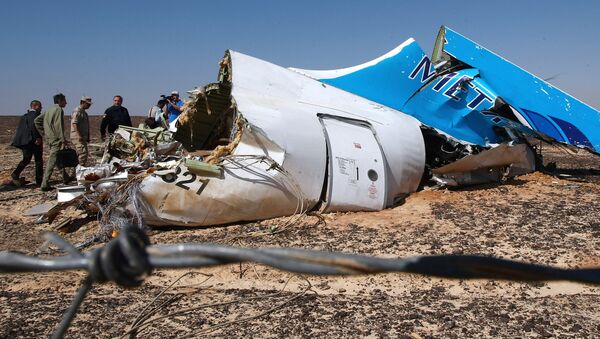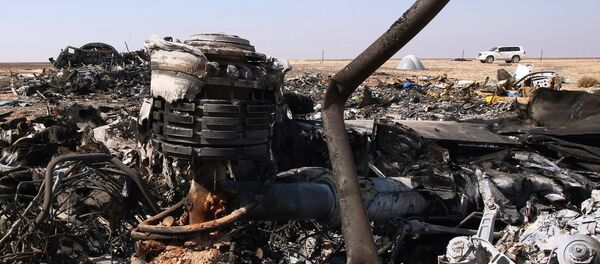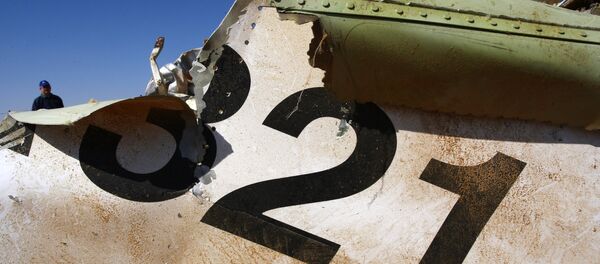WASHINGTON (Sputnik) — On Saturday, an Airbus A321 passenger jet crashed en route from Sharm El-Sheikh to St. Petersburg killing all 224 people on board, becoming the worst civil aviation disaster in the Russian and Soviet history.
“Since the airplane was at cruise altitude and there were no reports of engine or mechanical problems by the flight crew, that could narrow the cause to explosive decompression due to structural failure like [the] Aloha accident decades ago,” Rioux said on Tuesday.
In 1988, Aloha Airlines Boeing 737-200 lost a large part of its roof during flight. Investigation concluded that the accident was caused by metal fatigue and corrosion.
Airplanes exploding at such high altitudes like the A321 did over Egypt on Saturday are extremely rare, he added, unless they are hit by external objects like missiles.
“That can be dismissed as there were no visual or radar or satellite indications of a missile or airplane in the area,” Rioux noted.
The fact that a US satellite picked up an infrared signature, Rioux observed, would lead one to suspect an explosion caused by a bomb or engine explosion, which is very rare.
On Tuesday, Egyptian authorities said that all the evidence analyzed so far indicates that A321 crashed because of a technical problem.
Rioux served on the FAA Aging Aircraft & Systems Safety Task Force and FAA Research & Development Advisory Committee. He is currently the COO of JDA Aviation Technology Solutions.




